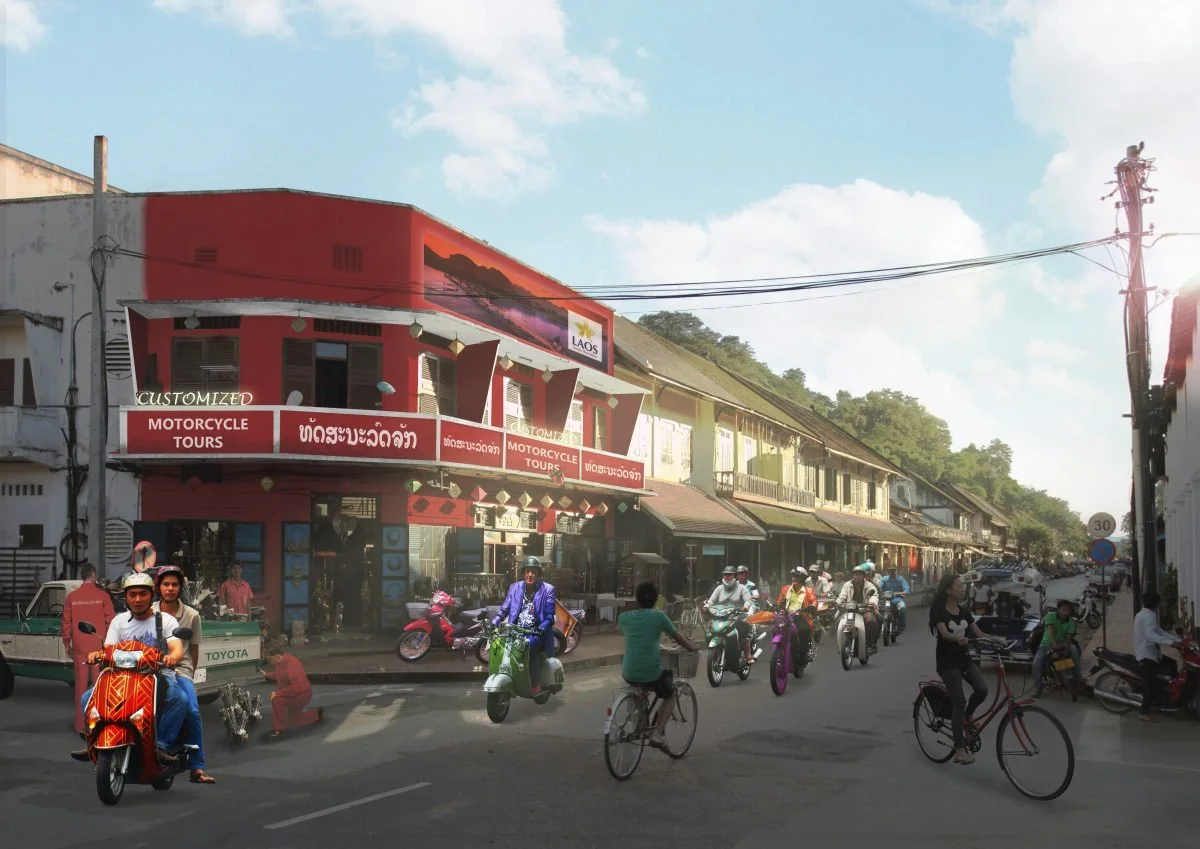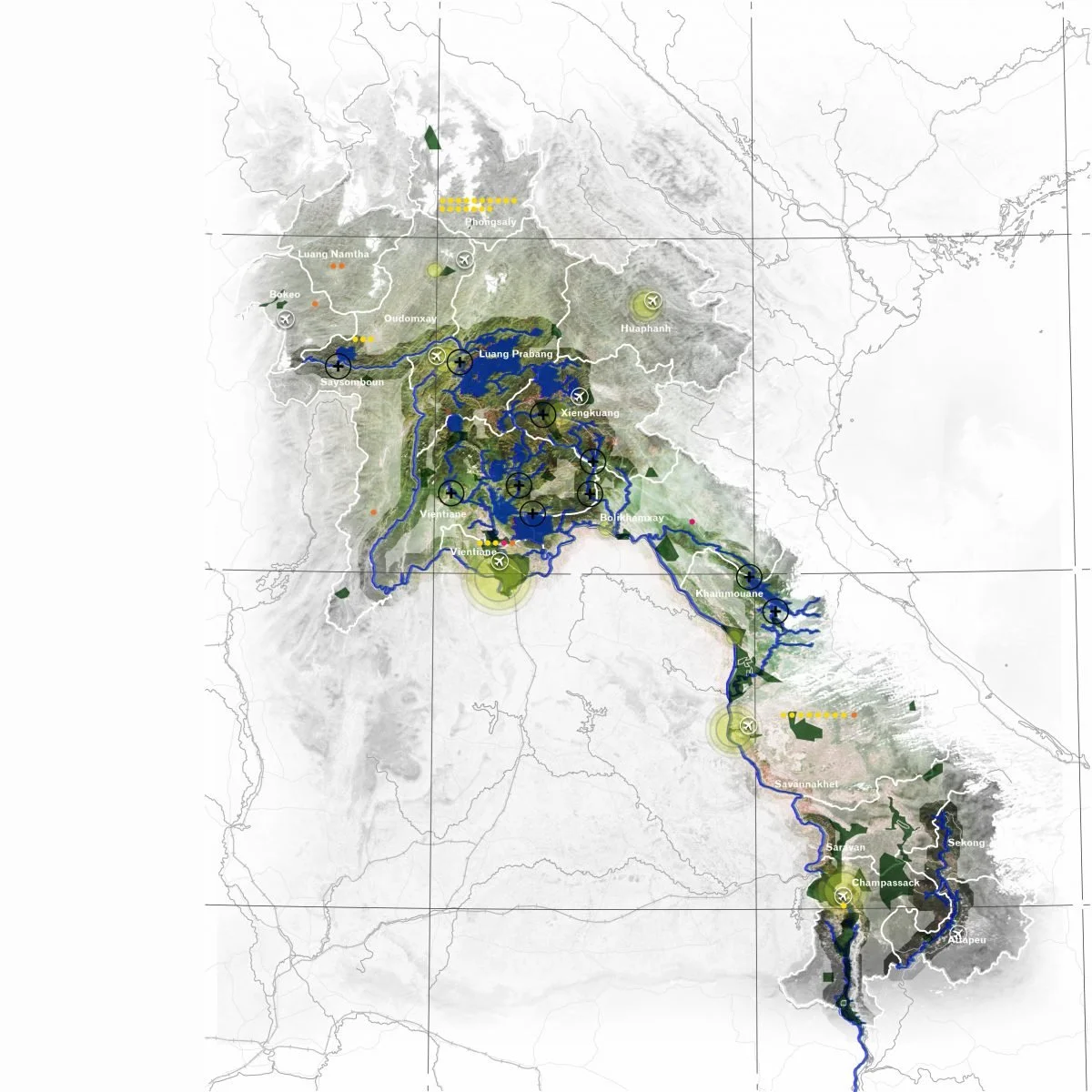
Circular Laos
Circular Laos is an implementation of a metabolic approach to redefine resource efficient and low-carbon development for Laos, developed by Shifting Paradigms and FABRICations for UNDP. Economic growth in developing countries is often paralleled by a gradual decrease in resource and carbon efficiency.
-
Location
Lao PDRYear
2016-2017 -
Shifting Paradigms
Circle Economy -
United Nations Development Programme (UNDP)
-
Design lead
Eric Frijters
Olv KlijnProject lead
Bas DriessenTeam members
Yara Alnashawati
Yingzi Wang
Matthew Barker
Uarda Kellezi
By redefining development from the perspective of the system, developing countries can grow their infrastructure and building stock, and meet the needs of their society, while moving away from the linear economic model which is putting long-term development ambitions at risk. The systems approach outlined for Lao PDR steps away from focusing on a single sector or industry. Rather, it defines collaborative strategies to develop a circular economy, in line with national objectives to reduce greenhouse gas emissions and make more efficient use of resources. Lao PDR is a country with abundant national resources. It is experiencing a rapid economic growth, built on the export of valuable raw materials. However, large extractive industries leave their mark on the landscape, while the temporary rents from resource exports suppress the growth of non-extractive, local industries.
Mapping the flows and stocks of raw materials and energy, reveals three pivotal strategies to substitute carbon-intensive materials, develop and diversity the economy, make better use of existing assets and avoid further linear lock-in. The tourism sector could be an early adopter of circular concepts, as an important part of a broader sustainability of eco-tourism ambition. The sector has a direct incentive to build and operate resorts in a way which avoids or minimizes its impact on natural surroundings, resources and culture.



